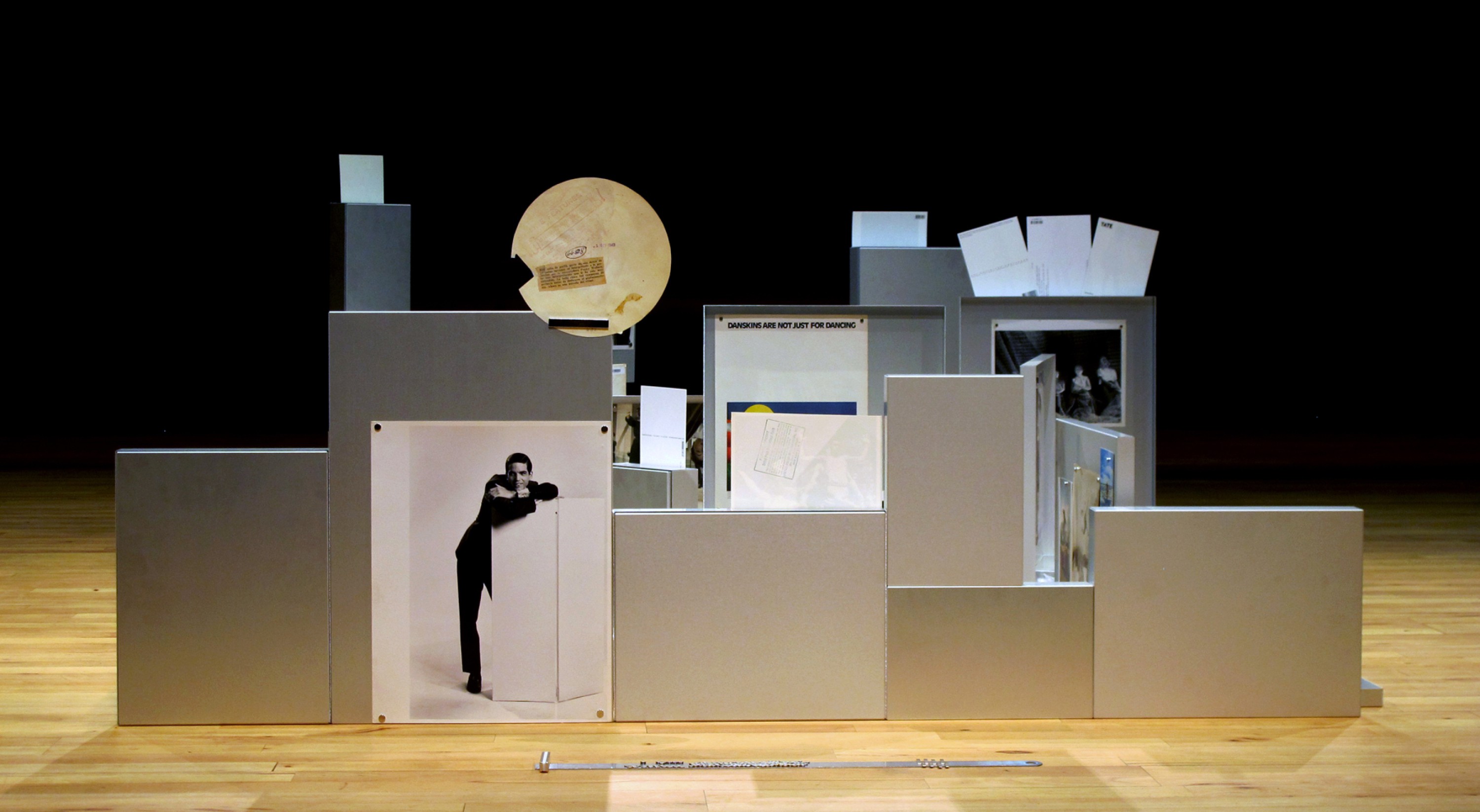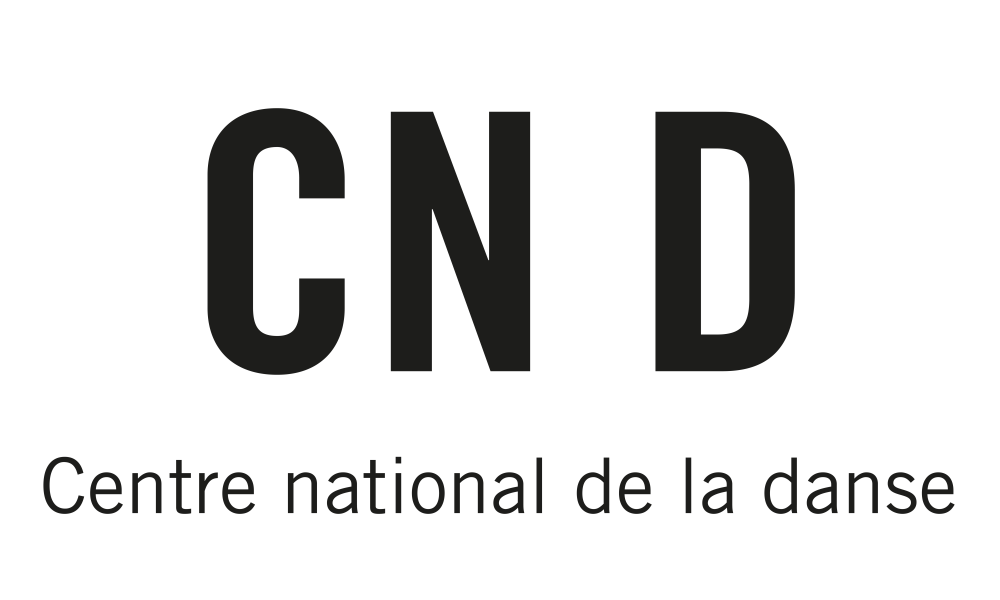SCÈNES DU GESTE
chapitre 1
novembernov 6 – 8
Conception and curation, Christophe Wavelet
With the students of the Conservatoire de Paris
Production and creation, LE CND, un centre d’art pour la danse
In coproduction with, Festival d’Automne à Paris // In partnership with CND, un centre d’art pour la danse ; Festival d’Automne à Paris
Partnerships, Conservatoire national supérieur de musique et de danse de Paris (CNSMDP, Direction-Bruno Mantovani) ; Opéra National de Paris
Special Thanks to Ciné 104
Performances, films, installations, interventions : Carmen Amaya, Eleanor Antin, Pina Bausch, Carole Boulbès, Dominique Brun, Trisha Brown, Thomas Caley, John Cage, François Chaignaud, Joseph Cornell, Lætitia Doat, Tacita Dean, Merce Cunningham, Isadora Duncan, Valeska Gert, Irène Ginger, Martin Gleisner, Marie Glon, Hubert Hazebroucq, Gil Isoart, Kurt Jooss, Joachim Koester, Latifa Laâbissi, Isabelle Launay, Elisabeth Lebovici, Nathalie Lecomte, Pierre Leguillon, Mathilde Monnier, I-Fang Lin, Marcella Lista, Babette Mangolte, Maguy Marin, Vaslav Nijinski, Kazuo Ohno, Anna Pavlova, Paula Pi, Sylvain Prunenec, Yvonne Rainer, Mary Ann Santos Newhall, Erik Satie, Laurent Sébillotte, Noëlle Simonet, Oskar Schlemmer, Elisabeth Schwarz, Andy Warhol, Kurt Weill, Mary Wigman, Ana Yepes...
SCÈNES DE GESTE – chapitre 1, conceived by Christophe Wavelet inaugurates a new biennial cycle at the CND. Under its director, Mathilde Monnier, the CND has become “An arts centre for dance”, giving a new impulse to this centre for creation and knowledge sharing.
This first edition, a blend of exhibition, performance and shows, goes under the heading of the long-standing dialogue between the performing arts and visual arts, music and cinema. This event will give visibility to a constellation of artistic practices that have reshaped dance and choreography in today’s world. This widening of focus will embrace an ensemble of different eras and forms in order to make us more sensitive to their transformation in terms of status and corresponding stakes. Thus, this first chapter is an invitation to discover or revisit a multitude of practices and works, whilst taking us on a journey from the poetic forms of the Renaissance and the Enlightenment to those of contemporary art.
What is the stuff of a movement or gesture, its fabric? What powers of invention or transformation does it set free? What motivations, or priorities run through each form of artistic practice? What forms of life and presentation are at play in it? What forms of knowledge are developed there? What does “to dance” signify in 1585, 1632, 1724 or in 1789?
What do we mean by “to choreograph” in 1913, 1924, 1932, 1968 or in 2015? Are the different ages that a gesture has gone through synchronous with the different ages in history? What do they invent, or communicate and how?
This chapitre 1, is about throwing wide open the doors on practices and works, taking us to a place where gestures, archives and memory come together to enable us think about “where we are at, today, in terms of our scenes of artistic modernity, and its promises of emancipation.”

